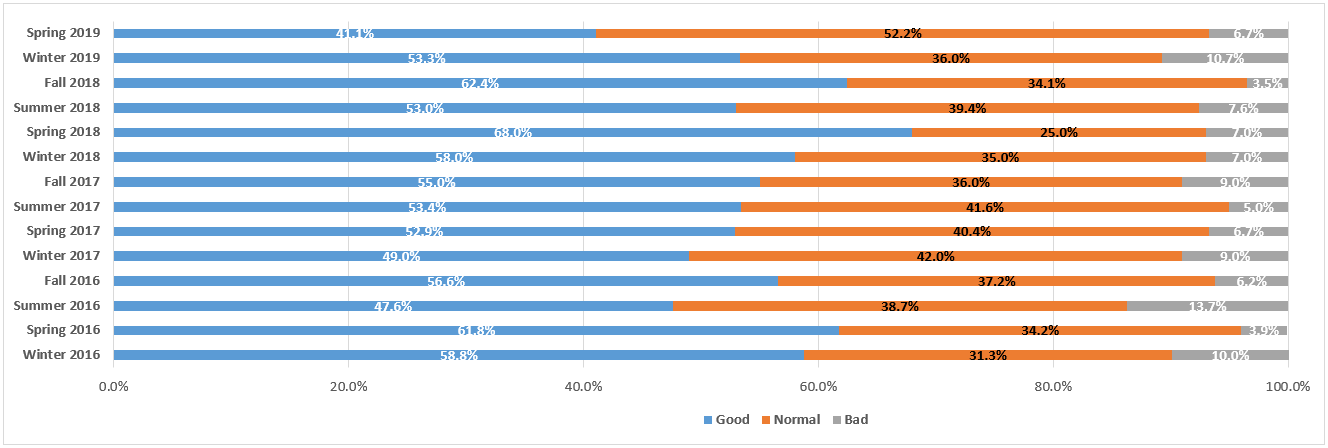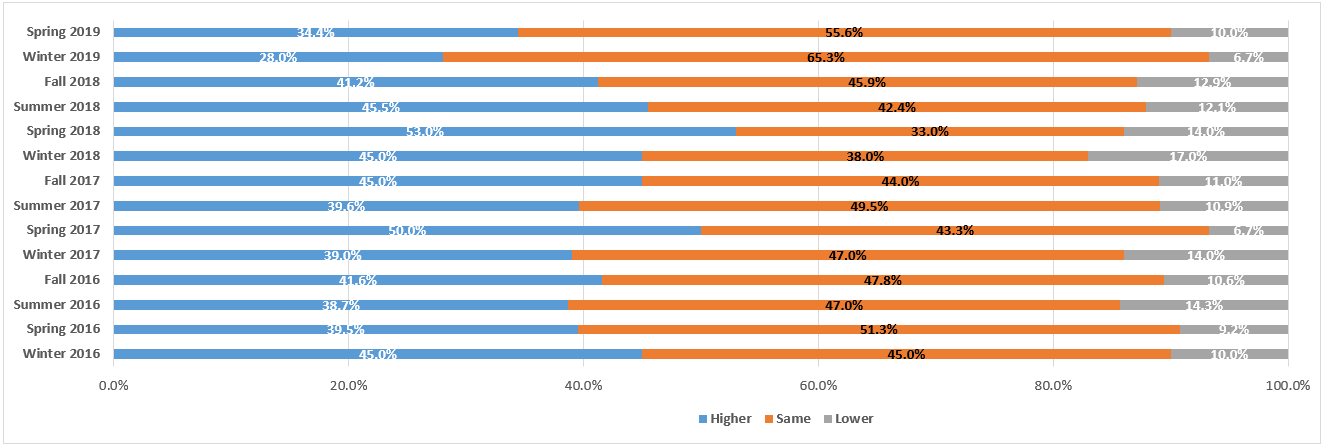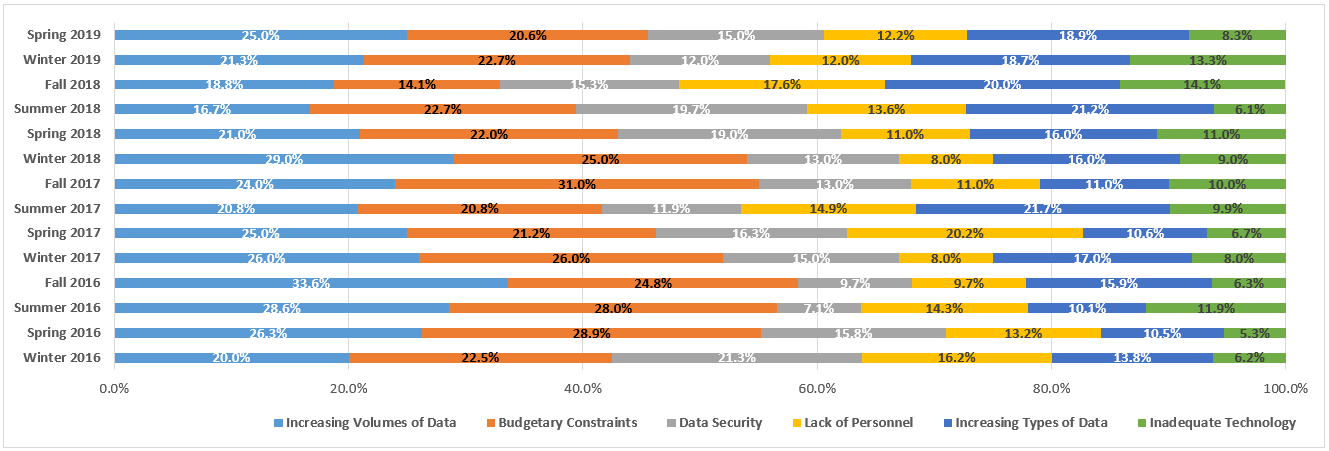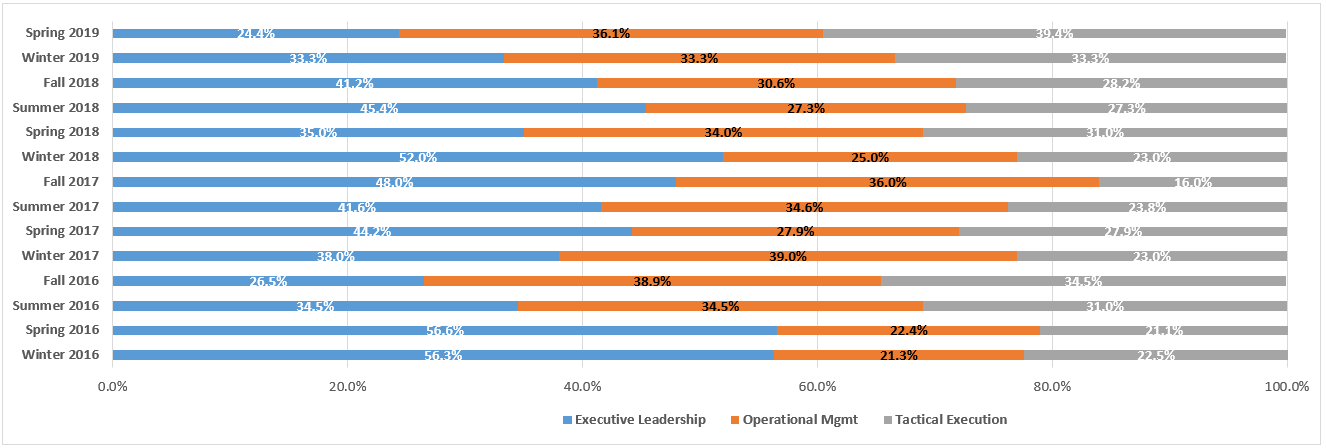Court Grants Motion to Compel Production of Telephone Records from Individual Plaintiff: eDiscovery Case Law
In Siemers v. BNSF Railway Co., No. 8:17-cv-360 (D. Neb. Apr. 8, 2019), Nebraska Magistrate Judge Susan M. Bazis finding that the plaintiff’s telephone records are discoverable pursuant to Fed. R. Civ. P. 26, that they are not subject to a privilege claim just because plaintiff’s counsel’s telephone number may appear in the records and that privacy issues are minimal to non-existent (since the at-issue records do not contain the substance of communications), ordered the plaintiff to produce his telephone records within one week of the order.
Case Background
In this case regarding the plaintiff’s suit against his former employer for alleged violations of the Federal Employers Liability Act (“FELA”), the defendant requested production of the plaintiff’s cellular telephone records from November 1, 2016 (the day before the claimed injury incident that is the basis of Plaintiff’s lawsuit) to present. After the plaintiff refused to produce any records in response to the defendant’s request, a discovery dispute conference was held in October 2018, with the Court finding that the plaintiff’s communications with coworkers or others from the defendant and telephone records evidencing the same were relevant and discoverable, and ordered the parties to further confer regarding production of these items.
The plaintiff then issued a subpoena to his cellular telephone provider and received a listing of incoming and outgoing telephone calls and text messages, but not the substance of any communications. Nonetheless, the plaintiff refused to produce to the defendant the telephone records produced to him in response to his subpoena.
In the final pretrial conference, the defendant argued that the records were discoverable because whether and how often plaintiff has communicated with BNSF coworkers or management since his alleged injury could have credibility considerations, that identifying the fact that a communication occurred between the plaintiff and his attorney was not privileged or, alternatively, that it was not unduly burdensome to redact those references and that no privacy interest was implicated in the telephone records because the records do not contain the substance of any communications. The plaintiff argued that the defendant’s request was “overbroad on its face and therefore not reasonably calculated to lead to the discovery of relevant information” and also contended that the discovery sought by the defendant was “unreasonably cumulative or duplicative and could have been obtained from other sources that is more convenient, less burdensome, or less expensive.”
Judge’s Ruling
Considering the respective arguments, Judge Bazis ruled as follows:
- “Plaintiff’s telephone records from November 1, 2016 to present and any other records received by Plaintiff in response to his subpoena to his cellular telephone provider are discoverable pursuant to Fed. R. Civ. P. 26. BNSF is entitled to discover whether and how often Plaintiff has communicated with coworkers or BNSF management since his alleged injury.
- The fact that Plaintiff’s counsel’s telephone number may appear in the records does not render them subject to a privilege claim. Plaintiff may redact references to communications between Plaintiff and Plaintiff’s counsel, which the Court finds is not overly burdensome.
- Privacy considerations of Plaintiff or third parties not involved in this litigation are minimal to non-existent since the at-issue records do not contain the substance of communications.”
As a result, Judge Bazis ordered (in all caps, no less) the plaintiff “to produce to BNSF all records received in response to Plaintiff’s subpoena to his cellular telephone carrier” within one week of the order, noting that he could “redact references to communications between Plaintiff’s counsel and Plaintiff (but is not required to do so to maintain privilege claims regarding the substance of the communications).”
So, what do you think? Was that appropriate or was the defendant’s request overbroad? Please let us know if any comments you might have or if you’d like to know more about a particular topic.

Case opinion link courtesy of eDiscovery Assistant.
Sponsor: This blog is sponsored by CloudNine, which is a data and legal discovery technology company with proven expertise in simplifying and automating the discovery of data for audits, investigations, and litigation. Used by legal and business customers worldwide including more than 50 of the top 250 Am Law firms and many of the world’s leading corporations, CloudNine’s eDiscovery automation software and services help customers gain insight and intelligence on electronic data.
Disclaimer: The views represented herein are exclusively the views of the author, and do not necessarily represent the views held by CloudNine. eDiscovery Daily is made available by CloudNine solely for educational purposes to provide general information about general eDiscovery principles and not to provide specific legal advice applicable to any particular circumstance. eDiscovery Daily should not be used as a substitute for competent legal advice from a lawyer you have retained and who has agreed to represent you.













